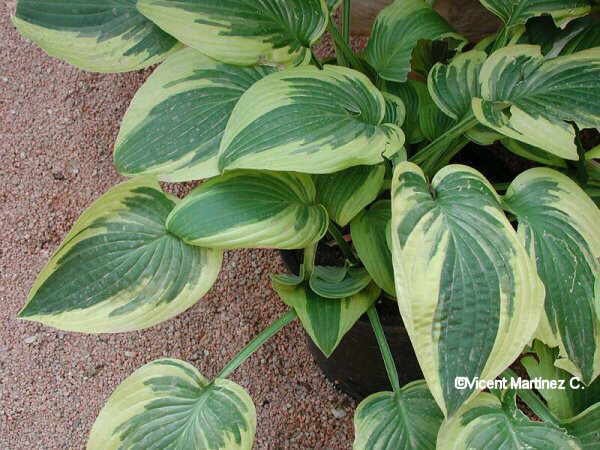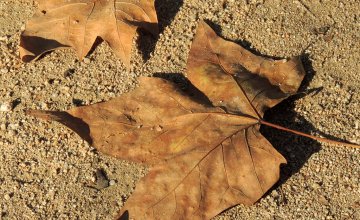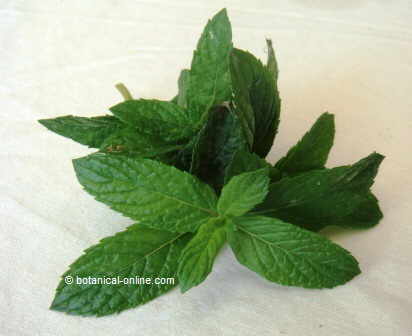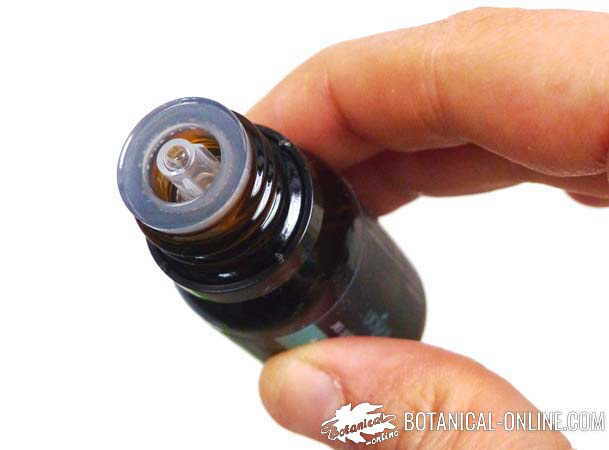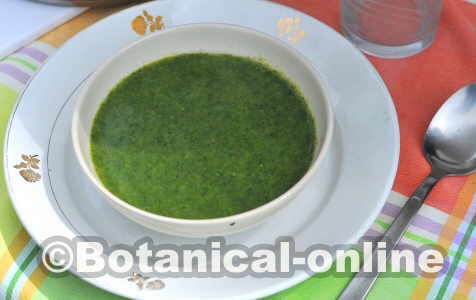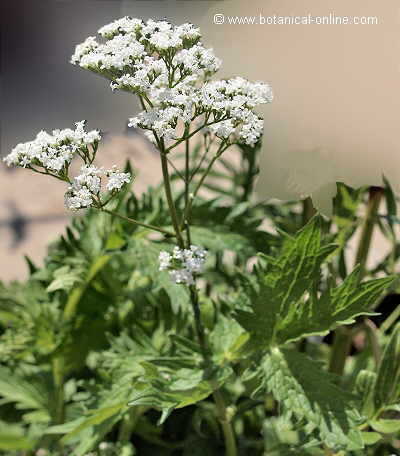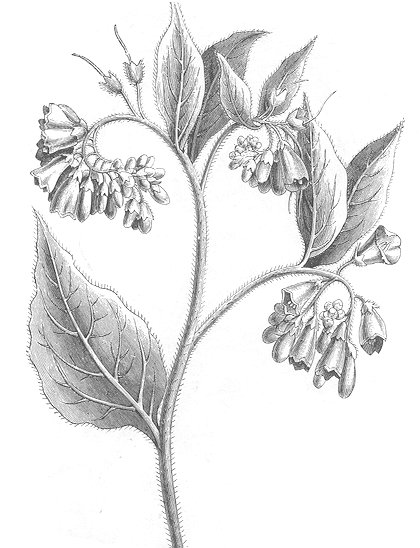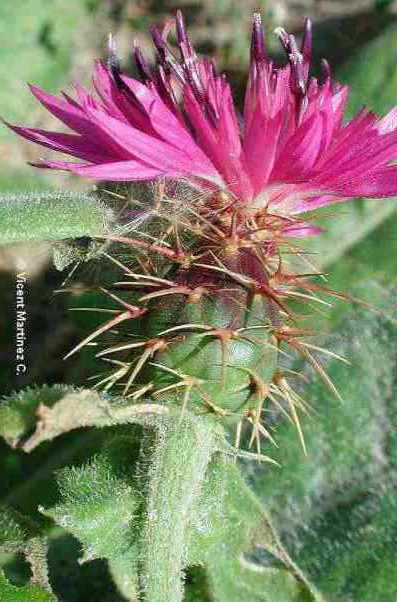Contents
- 1 MEDICINAL PROPERTIES OF CHINESE RHUBARB
- 1.1 Rhubarb: Purging, laxative or astringent
- 1.2 Stomachic properties of Rhubarb
- 1.3 Hepatic applications of rhubarb
- 1.4 Antibacterial properties of rhubarb
- 1.5 Anti-inflammatory properties of rhubarb
- 1.6 What is the Chinese rhubarb used for? Main indications
- 1.7 How to take rhubarb
- 1.8 Rhubarb posology
- 1.9 Historical importance of rhubarb in phytotherapy
MEDICINAL PROPERTIES OF CHINESE RHUBARB
| Under the name of Chinese rhubarb are hiding two different kinds of rhubarb: Rheum officinale Baillon and Rheum palmatum L. Both species have very similar medicinal properties, to the point that the powder of Chinese rhubarb root is usually the mixture of rhizome and dry roots of these two species. Other medicinal species with similar therapeutic properties are: Syrian rhubarb (Rheum ribes), Himalayan rhubarb (Rheum australe and Rheum emodi) and Korean nakai (Rheum coreanum). This plant is also appreciated in feeding because of the petioles of its leaves, which are an excellent vegetable. Species that are cultivated for culinary purposes are called garden rhubarbs. The consumed petioles also have properties and therapeutic effects similar to the medicinal species, although with lighter effects. |
Rhubarb: Purging, laxative or astringent
Although it seems a contradiction, the truth is that in this case, rhubarb is the example that illustrates the famous phrase of Paracelsus “nothing is poison, everything is poison: the difference is in the dose.” In fact, depending on the amount of root powder used, rhubarb has purging, laxative or astringent properties.
The astringent properties are appreciated with low intakes and are due to the high tannin content in the root. Tannins are astringent substances, suitable as a remedy for diarrhea, reason why it was used in the past to treat dysentery (gastroenteritis with diarrhea). For these applications, very low doses should be applied. (doses of 50 milligrams to 1 gram of powder distributed in 4 – 2 doses per day)
At moderate doses, highly laxative substances prevail. These are called anthraquinones, potent cathartic and laxative components (which accelerate defecation) that are also found in other plants used for this purpose as in cassia or cascara sagrada. These compounds act by tonifying the intestinal musculature (especially the duodenum) and increasing its activity, thus causing greater bowel movement and achieving a cathartic effect.
Rhubarb powder is used in moderate amounts to treat constipation, and in Traditional Chinese Medicine to purge the body and tone the liver. However, for this purpose, relatively low doses (doses of 1 to 2 grams of powder per day) should be used, and increase them according to tolerance, since effects may be strong. The laxative effect should appear between 6 and 12 hours after oral ingestion. Rhubarb laxative treatments should be performed for no more than 7 days, as it is a plant that can generate intestinal dependence.
Rhubarb, like other plants with anthraquinones, can NOT be used in intestinal diseases such as irritable bowel, Crohn’s disease, appendicitis, ulcerative colitis or other intestinal disorders. It is also NOTsuitable to combat chronic constipation, as it is a plant that generates dependence and its perpetuated use can aggravate chronic constipation.
High doses of rhubarb powder provoke a strong purgative effect, due to its content in senosides, that causes decomposition and can cause tummy pains. It is also used as a slimming agent, since the increased rate of stool supposes the malabsorption of food. The use of rhubarb in high doses is discouraged without the supervision of a specialist. (Doses of 2 to 3 grams of powder per day).

Photo of rhubarb in an orchard
Stomachic properties of Rhubarb
Rhubarb root powder is used to aid digestion. In small doses, it increases the muscle tone and glandular secretion of the digestive organs, being a snack supplement that stimulates the gastric secretion and acts increasing the appetite. Indicated in convalescent, tiredness, anemic or inappetent people in general. (Dosage: 50 mg to 1 gram, divided into several doses, up to 1 gram per day).
It is also an effective remedy for slow digestions, dyspepsia or poor digestion due to the low content of hydrochloric acid in the stomach juices. It also tones the muscles, favors gastric emptying and helps segregate mucus in the stomach mucous, protecting it from the gastric juices. For these uses it is usually combined with other carminative (digestive) plants.
A study conducted in China with 312 stomach ulcer patients was treated with rhubarb (Rheum officinale). Rhubarb helped 90% improve in a few days. However, the dosage of rhubarb root in these cases should be supervised by a specialist because of its possible laxative effects.
Hepatic applications of rhubarb
A cholagogue effect has been described with the intake of rhubarb powder, that is, it favors the flow of bile into the intestinal tract, which helps the digestive process in low doses. Indicated in people with difficult digestions. At high doses, an excess of bile in the intestine can be irritating and contribute to the laxative effect of the anthraquinones.
A scientific study has concluded that dietary fiber of rhubarb (Rheum rhabarbarum and Rheum rhaponticum) is effective in reducing cholesterol because it increases the excretion of bile juices, that ar cholesterol-rich, explaining its hypocholesterolemic effects. Therefore, it is interesting to introduce rhubarb as a vegetable in people with cholesterol or arteriosclerosis.
Because of its choleretic effects, it has also been used to stimulate biliary function. Formerly prescribed in cases of jaundice, although it is currently discouraged its use for this purpose.
Watch out! Rhubarb is not suitable for people with liver failure, cirrhosis, hepatitis or other liver disorders. The compounds it contains must be filtered by this organ, and if it is diseased (by an infection, virus, etc.) it can further damage or aggravate the existing disease. Therefore, when pain or indications appear that the liver is not well (jaundice, pain), it is very important to go to the doctor and take it only under his/her supervision.
Antibacterial properties of rhubarb
Rhubarb root infusions have been shown to be effective against bacteria Staphylococcus aureus, an infectious bacterium that produces ulcers, styes and folliculitis (an acne-like infection on the chin).
A scientific study evaluated the antimicrobial activity of the anthraquinones of Rheum officinale Baillon to combat infections by Megalobrama amblycephala in fish. Mortality was significantly lower in the group of fish that had followed the antibiotic treatment with rhubarb extract (0.1%) than in the control group, demonstrating the antibiotic effects of the root.
Anti-inflammatory properties of rhubarb
One of the products containing rhubarb root in high concentrations is emodin. Apart of the extended use of this anthraquinone as a laxative by the pharmaceutical industry, emodine is a substance with anti-inflammatory effects.
A scientific study with animals with allergic asthma observed the effects of this substance on the airways, and concluded that emody has effective properties to prevent the progression of airway inflammation and that it could be used in the therapy of patients with allergic inflammation of the respiratory tract.
What is the Chinese rhubarb used for? Main indications
– Non-chronic constipation: It can remedy situations of constipation, because it causes peristalsis (movement of the intestines), secretion of intestinal mucus and cathartic effect (which accelerates defecation). It should not be used as a laxative in case of chronic constipation due to the side effects of anthraquinones.
– Stomach atony: Rhubarb can be an effective remedy to increase the muscular activity of the stomach, especially in people with difficult digestions. Positive effects have also been reported in people with gastralgia. Dosage: 2% decoction of crushed dry root. Boil for a few minutes, let stand and take 3-4 cups daily.
– Dyspepsia: The same qualities discussed above can help combat dyspepsia due to lack of gastric juices. Dosage: 0.15 to 0.30 grams of powdered root half an hour before each meal.
– Anorexia: Rhubarb in very low doses can increase the stomach secretions thus increasing the sensation of hunger and acting as appetizer and digestive. Suitable for people who are convalescent, decayed, tired or without hunger. Dosage: 0.15 to 0.30 grams of powdered root half an hour before each meal.
– Diarrhea: In very low doses, root powder and rhubarb rhizomes can solve cases of decomposition due to its high tannin content, with astringent effect. It has also been effective as a remedy for dysentery. Dosage: decoction 1.5% crushed dry root. Boil for a few minutes, let stand and take 3-4 cups daily.
– Hepatic impairment: formerly used the powder of this root for cases of jaundice and to help the liver to purge the organism due to its cholagoge properties. Some liver disorders require different care, so in these cases the specialist should be consulted beforehand. Dosage: decoction 1.5 – 3% crushed dry root. Boil for a few minutes, let it stand and take 3-4 cups daily.
– Oliguria: Phytotherapy treatises describe the root of Chinese rhubarb as a remedy for those people who pee little. However, it is Not suitable for people with kidney stones (kidney stones), cystitis or oxaluria. For these cases the specialist should be consulted in advance.
How to take rhubarb
– As a folk remedy: Rhubarb can be taken as a supplement (capsules), in infusion or herbal teas. The medicinal part of the plant is in its rhizomes and in the roots dried and crushed in powder.
– In feeding: The leaves of rhubarb are TOXIC, only its petiole is edible. Its properties are much less effective than those of its roots, where there is greater concentration of all its compounds.
Rhubarb posology
– Infusion: In 1 liter of boiling water, add 10-20 grams of dried and crushed rhubarb root powder. Let stand 15 minutes and drink a cup of approximately 180ml before each meal as an appetizer, digestive or tonic.
– Powder: Crush the dried root with the help of a mortar or a coffee grinder. Serve half a teaspoon of coffee in wine or vermouth 2 to 3 times a day for a period no longer than 15 days. Effects are appetizing, digestive and slightly laxative. In case of increasing this dose, it tends to be purgative. Never exceed 15 days of treatment, because it can create tolerance or dependence.
– Therapeutic wine: Let macerate in sweet wine for dessert 50 grams of ground rhubarb root ground for 10 days. 2 to 3 glasses of wine per day, for a period not exceeding 10 days.
– Rhubarb extract: Affordable in pharmacies. Consume from 5 to 100 drops, according to medical prescription and desired effects.
– Puree for constipation: prepare a puree with 3 petioles of rhubarb leaves (without the limbo), a cup of apple juice, ¼ cup of lemon juice and a spoonful of honey. Without the limbo of the leaves it can be consumed like a vegetable, boiled, sautéed or in tortilla. Its effects are laxative and digestive. The petioles of the leavesve.
Historical importance of rhubarb in phytotherapy
– Rhubarb is one of the oldest medicinal plants that is known, because of its effects already spoke Pliny and Dioscorides
– Old treaties of Traditional Chinese Medicine already mention the therapeutic applications for this plant, in records dating from the year 2,700 BC. It appears mentioned for the first time in the Chinese classic “Materia Medica”, of the first century.
– The Arabs also knew and appreciated the properties of this plant and used it regularly in their cultures.
– Marco Polo was the one who, in the thirteenth century, observed the importance of this plant in Chinese trade and imported it.
– During 1687 and 1762 the Russian government had the commercial monopoly of this plant. The importance in the trade of roots and rhizomes of Chinese rhubarb for medicinal purposes was due to its use, since its dried parts retain their properties for up to 10 years. It also contributes to its precious value the fact that it is a plant that must be cultivated in heights of 2,500 – 3,000 meters.
– Galen also talks about rhubarb and explains its properties to cure cramps, convulsions, burns, for those who have short breath and for those who spit blood. The same author, in his book of “Method of medicine” speaks of its purging properties, ideal for the liver.
![]() More information on rhubarb.
More information on rhubarb.

